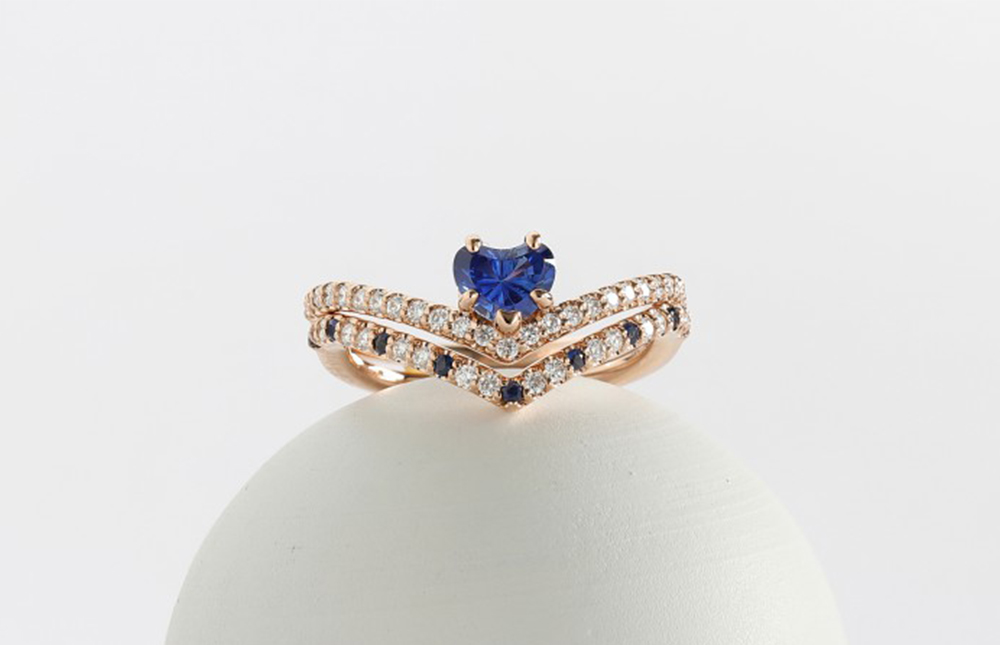Stone Age Jewelry
Since the beginnings of humankind, man worked to produce tools to make life easier and, similarly to create ornamental objects as jewelry pieces. During prehistoric times, jewelry was made of materials such as shells, stones, teeth, and bones. The purpose of jewelry included making of it a form of adornment, use it as a protection against dark forces, or as a visible sign of status.
The Discovery of Metals
The discovery of metals and how to work them completely changed the art of jewelry making. Weapons and tools started to be made of metal, and stones were left mainly for the use in jewelry. Such new step made a huge impact on the evolution of jewelry, which became more sophisticated, with more intricate designs. The first goldsmithing techniques were developed, including embossing, granulation, and metals filigree. Precious stones were usually combined with gold or silver, in bracelets, necklaces, earrings, rings, and other items.
Jewelry in Mesopotamia and Assyria
3,000 years before Christ, Babylonian, Assyrian, and Sumerian cultures were highly developed civilizations which took jewelry making to a higher level. Amazing treasures of gold, silver, precious and semi-precious stones jewellery were discovered. For example, the 170,000 pieces of the named Nimrod Treasure, found at South-East of Mosul, Iraq, which belonged to Assyrian queens.
Jewelry in Ancient Egypt
Egyptians were really passionate about ornamentation, and they contributed to a deep renewal in the art of jewelry. They used to bury their pharaohs and priests with their trousseaus and jewellery. So we could learn about their jewelry-making technology, as well as the kind of precious stones used as ornaments or amulets. They identified the metals with deities and healing powers. Copper and malachite were identified with the god Hathor, gold with the god Sun, while Lapislazuli and turquoise expressed joy and pleasure.
The most used jewelry were diadems, beaded necklaces, and articulated braces. Gold and silver bracelets were very common; it was normal to wear one on each arm.
Gemstones pendants were widely used too, both by women and men. Pharaoh Akhenaton was the one who introduced the piercing of the earlobe.
Ancient Greek and Jewelry
In 1871, with the discovery of the ancient city of Troy II (not the same Troy of Homer) in Turkey. It was a mesmerizing treasure with thousand pieces of gold and gemstones was found. Ancient Greeks hardly used stones in their pieces. They hanged small perforated circles of gold from their clothing and diadems. The first Greek jewels were of simple design and craftsmanship, which later increased in technique and complexity. They started using gold and gems around 1400 before Christ, and by 300 before Christ, they already mastered and advanced technology using stones such as amethysts, pearls, and emeralds. Ivory was widely used, and Greeks introduced a new style of jewellery, the cameo.
Gold wreaths were used as crowns, embellished with leaves, flowers, and acorns.
Jewellery in Ancient Rome
Jewels in Rome, as well as hairstyle, were a sign of social status: the more complex or intricate, the higher social level. Personal ornaments included combs, hair pins, pendants, rings, and necklaces. They used gold, silver, glassy paste, and necklaces usually had garnet beads, emeralds, variscite, amethysts or pearls, while rings featured big gems such as agate, chrysolite, and other gems.
It is precisely in Rome where we can trace back what we now know as “engagement rings.”
Of course, this rich history still influences modern design. To learn about fashion jewellery online and discover the influence of antique jewelry in modern design, visit Edellie.com.







